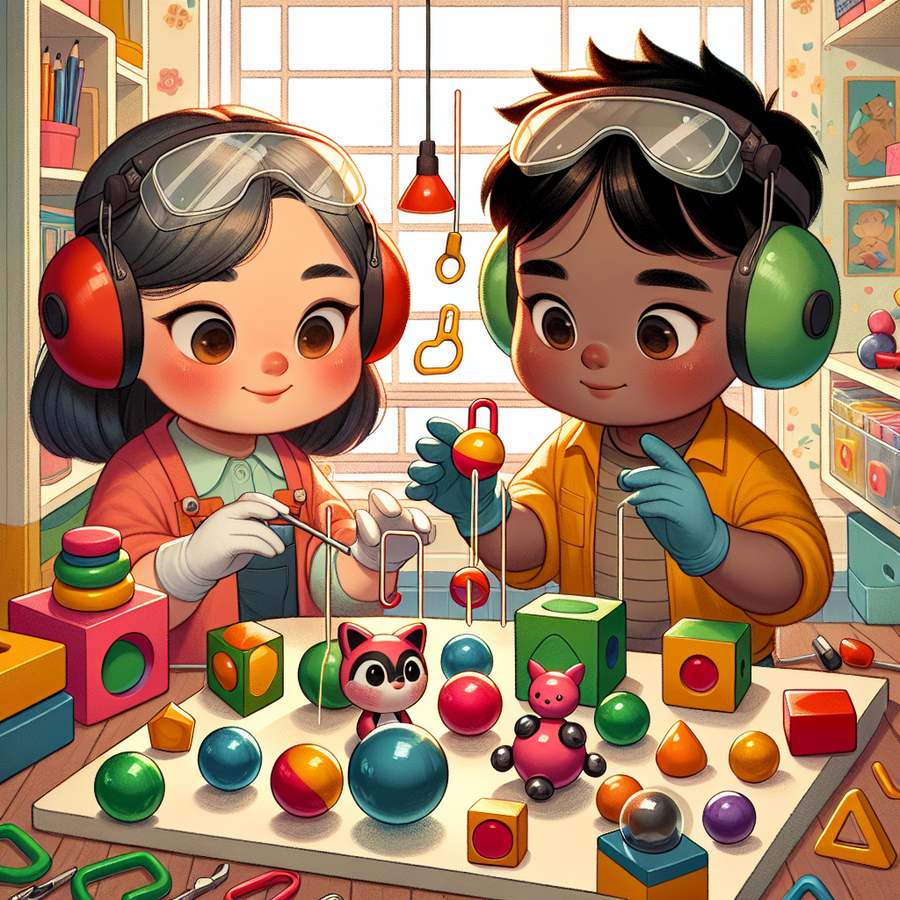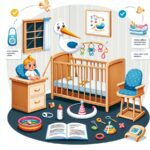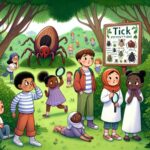Evaluating the safety of magnetic toys for children is a critical concern for parents and caregivers aiming to provide a secure play environment. Magnetic toys, known for their ability to captivate children’s imagination, also carry potential risks that warrant attention. This comprehensive guide delves into the aspects of magnetic toys, highlighting safety precautions and offering insights to ensure children’s wellbeing.
Understanding Magnetic Toys and Their Risks
Magnetic toys, with their appealing designs and interactive nature, are popular among children of various ages. These toys use magnets to connect parts, create shapes, or perform specific functions. However, the small size of magnets poses a swallowing hazard, which can lead to serious injuries or even fatalities.
When two or more powerful magnets are swallowed, they can attract each other through intestinal walls, causing blockages, perforations, or infections. Such cases require immediate medical intervention, highlighting the importance of evaluating the safety of magnetic toys for children.
Evaluating the Safety of Magnetic Toys for Children
Ensuring the safety of magnetic toys involves scrutinizing their design, manufacturing quality, and compliance with safety standards. Parents and caregivers should look for toys that conform to recognized safety standards, such as those set by the Consumer Product Safety Commission (CPSC). Toys meeting these standards are designed to minimize the risk of magnet detachment and ingestion.
Additionally, it’s crucial to supervise young children during playtime and educate older children on the dangers of swallowing magnets. Awareness and vigilance play a pivotal role in preventing accidents and safeguarding children’s health.
Practical Tips for Choosing Safe Magnetic Toys
Selecting magnetic toys that are safe for children involves several considerations. Firstly, opt for toys with larger magnets that are securely enclosed within the toy’s parts, making them difficult to access or swallow. Secondly, prioritize toys with strong magnetic connections that resist easy separation, reducing the likelihood of small, ingestible pieces.
Moreover, engaging with reputable brands committed to safety can further ensure the toys’ reliability. Regularly inspecting magnetic toys for wear and tear and removing any damaged toys from play areas are additional preventive measures. For more detailed guidance on selecting safe toys, consider visiting CPSC’s Toy Safety Guide.
In conclusion, evaluating the safety of magnetic toys for children is an ongoing process that encompasses understanding risks, adhering to safety standards, and employing practical safety precautions. By staying informed and vigilant, parents and caregivers can create a safer play environment, allowing children to explore and learn without compromising their safety.
For further information on child safety and toy selection, explore our resources on Safe Sleep Practices, Choosing Non-Toxic Toys, and First Aid for Choking in Infants.













